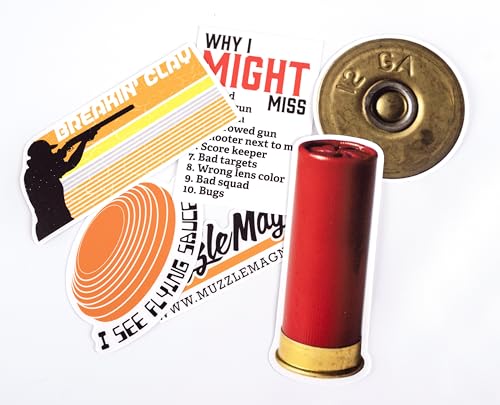There is a huge amount of science surround this, especially training for it. The use of kinesthetic visualisation for instance is training the subconscious to create the perfect reaction through feel - in a shooting instance you can visualise shooting a target, but you strip it back to basics, so the feel of the gun, the movement of the body and it is very much about touch and feel. Although we are very conscious about what we do in general, when the subconscious runs it is repeating a programme that you have run over and over again (presuming that the programme is the correct programme) then the outcome should be the perfect shot.
I liken it to driving a car, most of the time you are unaware of gear changes and probably on a motorway journey parts of the journey were a blur - however should something have occured in those moments you would have reacted. The brain will run all elements of programmed response and mostly at the right time. But to emphasise the touch & feel of subconscious, again I use a car to illustrate, if you were to left foot break (dont do this at speed!!), but the whole feel of this is alien and in most cases you stop the car with a judder and the car will stop quicker than a right foot break.
For shooting such techniques of visualisation and pre-shot routine lead to a stronger probablility of a sub-cosncious reaction to the visual cue - ie the clay being released (applicable in all the clay disciplines), although those where the target has a pre-determined path the subconsious can work even greater - skeet & sporting, where a visualisation exercise has been performed.
Many will be asking how do you create the subconscious reaction? The answer is not a simple one, but if you use visualisation skills coupled with your technical training and you perfect the "feel" of the shot, then the subsconscious reaction will occur more times than leaving it to change or trying to work on instinct. Conscious thoughts up until the cue of calling Pull are very beneficial, but once you have called pull you need to be able to let the subconsious programme run. In the current study I am conducting in "trigger freeze" we are seeing that the subconscious is actually taking over the thought process and creating a blocked mental pathway that leads to the flinch reaction, so the subconscious is not always beneficial.
I read with interest another post on the forum which basically said you could shot yourself better - but I totally disagree with that statement, because all you do is practice the same thing and it does not take into account situations that are not environmental, so pressure of a competition, shooting in a squad, having no birds, having a slow squad. You need to build all scenarios into your technical and mental training routines, so that you can through time start to perfect a more controlled subconscious reaction.























![Lamicall Motorcycle Phone Mount Holder - [Camera Friendly] [1s Lock] Bike Phone Holder Handlebar Clamp, Bicycle Scooter Phone Clip, for iPhone 16 Pro Max, 15 14 13 Mini, 2.4~3.54" Wide Phones, Black](https://m.media-amazon.com/images/I/41aw3bQa3FL._SL500_.jpg)



















